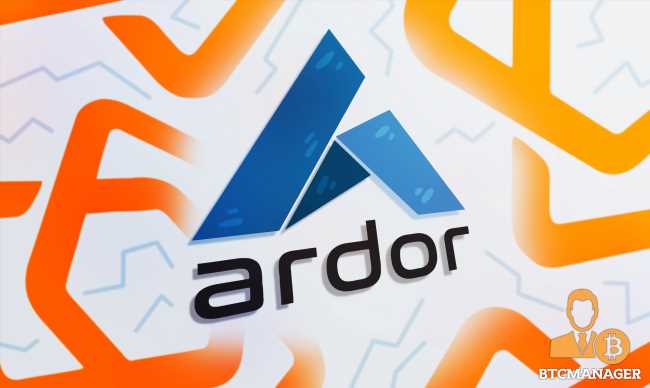Finding real-world use cases for blockchain technology may seem daunting at times. Ardor is doing its part by introducing many opportunities in the enterprise segment. Through parent company Jelurida, Ardor continues to make inroads globally.
Enterprise Blockchain Remains Viable
Over the past few years, there has been a lot of excitement regarding blockchain technology in an enterprise environment. While some of the initial hype has calmed down, several projects continue to push the boundaries of what can be achieved. One notable example is Jelurida, the Swiss software firm behind both the Ardor and NXT blockchain ecosystems.
What sets Ardor apart from the competing ecosystem is its focus on multi-chain architecture. More specifically, it maintains a central parent chain that gives way to customizable child chains. Taking this approach allows Ardor to break through some constraints other ecosystems will face. Removing the need for holding native tokens to transact on a particular chain is an essential aspect. Additionally, Ardor’s child chains help alleviate blockchain bloat, an aspect holding several public blockchains today.
Getting everything right on the technology front is only the first aspect to tackle for Jelurida. With the help of Ignis, the main child chain or Ardor, there are numerous ready-to-use applications to explore. Jelurida has built tools for messaging, voting, data cloud storage, and other aspects. For enterprise users, this makes it much easier to get on board with.
Loyalty Gamification Is Essential
One aspect that blockchain technology can change for the better is revamping the loyalty rewards industry. In its current form, consumers often waste loyalty rewards and points as they have no easy way of keeping track of balances. Moreover, there are so many loyalty cards and programs by different stores, making things even more complicated.
One can resolve all of these drawbacks with transparency and better storage keeping. Triffic, one of the solutions under the Ardor umbrella, has spent several years in testing to provide the best user experience possible. Since its mainnet launch in September of 2020, the project has gained momentum through its mobile application, rewarding people with tokens for visiting local neighborhoods.
The Triffic application has a built-in map of the era, incentivizing users to collect beacons. Every beacon can provide different rewards, making it fun to explore a neighborhood and interact with local stores. Not only does this create an incentive for residents, but it also helps local companies to advertise their business. More importantly, they can target a particular audience of potential customers who live locally.
As users earn tokens through the Triffic app, they are able to redeem earnings for discounts or other incentives associated with particular stores. It creates a very different take on loyalty programs and incentives, allowing for better loyalty programs to be fostered. As all tokens and their holders are visible on the Ardor blockchain, there is an unprecedented level of transparency that would not be accessible otherwise.
Closing Thoughts
Whereas Triffic is a good example of a real-world use case for Ardor and its blockchain, the team explores other options. There are many potential implementations for this enterprise-grade technology, ranging from green energy efforts to crowdfunding reforestation and social card games. More use cases are waiting to be unlocked by the Jelurida team, as their child chain approach can suit many other use cases in the future.
After multiple years of hyping up the potential of blockchain technology, it is now evident that this technology has ample real-world potential. Jelurida’s Ardor highlights the potential of how teams can solve pressing problems with innovative technology. It is now a matter of exploring additional use cases and opportunities in this industry.
Related posts:
Source: Read Full Article
